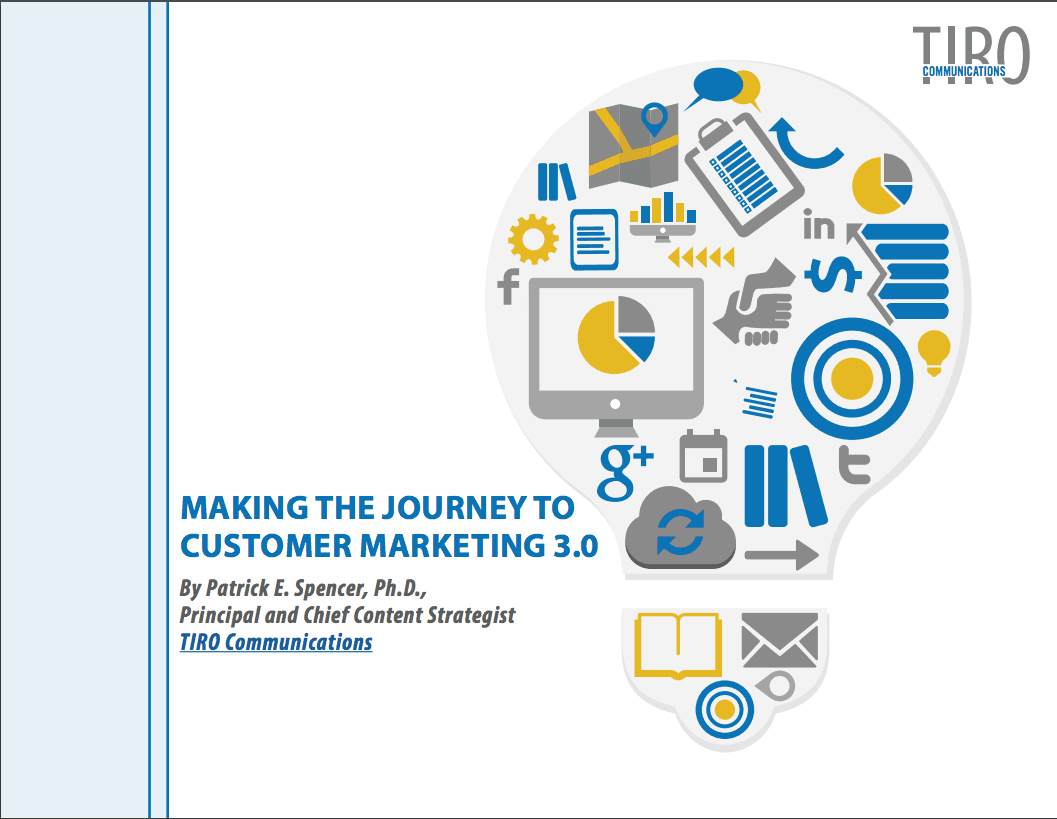The Why and How of Content Curation
- By Patrick Spencer
- •
- 31 Oct, 2015
- •
The Bible, Ancient Greco-Roman Philosophers, and Content Curation

While content curation is a relatively new phenomenon in marketing, it actually dates back thousands of years. Biblical texts are a foremost example. To varying degrees, they are a patchwork of intertextual connections with other written texts and oral stories. The “curation” of this previously disseminated content challenges, reconfirms, and reshapes the thoughts and actions of the audience.
Consider the Book of Revelation. Those who read the text are ill-served if they are unfamiliar with Jewish and Christian apocalyptic literature. The “curated” apocalyptic texts and connotations shape its meaning and reception. Without this interpretive (“curated”) guide at their disposal, readers quickly get lost in the strangeness of its metaphorical language.[i]
The ancient Greco-Roman rhetoricians and philosophers did the same. They drew upon earlier texts and stories to bolster their argument—whether in refutation of opposing views or in support of their position. For example, the Greek satirist Lucian, who lived during the second century CE, employs various “curated” examples on what to do and not to do when writing a historical account in his treatise on How to Write History.
The Digital Factor of Content Curation
Spin the wheels of history forward to today. Until the arrival of the Digital Age, the scale of content curation was finite. Biblical writers and ancient Greco-Roman rhetoricians and philosophers could tap only a small number of texts when creating content. But the Internet completely changes the dynamics of research and curation. Content curation can be done in virtual real time, and the results are practically exhaustive.
There are a number of great content curation tools such as Curta, Scoop.it, TrapIt, Feedly, Storify, PublishThis, among others. These enable marketers to crawl through the “digital noise” and find and secure that which is useful to them and more importantly to their audiences.
Why Curate Content: 4 Reasons
Prospects rarely, if ever, engage vendors during the initial phases of their journeys. They often wait until they have gotten 50, 70, or even 90 percent of the way through their journeys before connecting directly with them. This means they spend their time seeking education and guidance by conducting research via digital channels and through interactions with peers. Here, content plays an important role. Solution providers with the most educational and thought-provoking content stand a much better chance of getting noticed and moreover seen as a domain thought leader.
If employed in the right manner, content curation serves a valuable function in the digital pursuit. The following are four reasons why content curation is important and should not be left off a company’s content strategy:
- Identify Ideas.
While organic
content is certainly an important pillar in a content strategy, ideas are just
as important. Companies that only
look within their organizations for content are myopic—and will be viewed that
way by their audiences. Companies seeking to be seen as thought leaders are
engaged in the broader discussions taking place within their domains, and content
curation is an important enabler here.
- Amplify Outputs and Quality.
Content
curation allows organizations to amplify their content while improving its quality
(viz., in terms of research, broader industry engagement, etc.). For example, when
we flipped the switch on content curation for the LivePerson Connected Customer
Blog, we grew content blog outputs more than 50 percent while expanding the
breadth of topics covered in the blog.
- Build Audience.
The size of a
company’s marketing audience is often contingent on the diversity and quality
of their content message. Content curation permits companies to expand their
message by engaging in industry trends and discussions. This attracts more
eyeballs to content and facilitates more audience engagement—including interaction.
- Generate Engagement.
Some business leaders
will be disappointed with this news, but your audience is dramatically less
interested about you than the business issues they are trying to solve. They seek out blogs and other related content
that provide additional information or serve as an interpretive grid for the
major issues of the day—whether industry trends or events. The aggregation of information
increases audience engagement—from commenting to advocacy.
How to Curate Content: 8 Recommendations
Marketers claim they curate 25 percent of the content they publish today, according to a “2015 Content Marketing Tactics Study” produced by Curata. This is a substantial amount of content. Yet many content marketing professionals still feel their content curation efforts need improvement in that they lack clear strategies and processes.
The following are eight recommendations that content marketers need to factor into their content curation:
- Multiple
Objectives. Content curation can serve multiple objectives. To begin, marketers
need to determine which ones are and aren’t based on their business
requirements. Objectives include a) awareness building, b) increased audience
engagement, c) demand generation, and d) growing audience. The goals a company
employs will determine what types of content they curate as well as the
frequency.
- It Takes
Work. Content curation is not free. Curating content requires thought. You almost
always need to overlap an “interpretive grid” whenever curating content. Some
curated content may require less time to develop; in other instances, the time
required is the same as organically developed content.
- The
Interpretive Matrix. Marketers cannot simply curate content verbatim. Take
blog posts as an example. When curating content into a blog, it is critically
important that content marketers provide an interpretive context for their
audiences. For SEO purposes, this means at least 250 to 300 words. Any less,
and search engines will “punish” the blog for failing to add new information.
- Curated
Use Cases. Organizations must determine how to use the curated content and
then based on those use cases, curate content that aligns with those criteria. Further,
leveraging curated content does not erase the need for organic content. Both
are important.
- Content
Calendar. Just as your organic content needs to be reflected in an
editorial calendar, your curated content needs to appear there as well. There
are various options on the market for managing content calendars—from standalone
solutions such as
Coschedule and
DivvyHQ to those that are integrated into
broader content marketing management suites such as
Kapost,
Curata,
HubSpot, or the
Oracle Marketing Cloud.
- Syndicating
Your Content. Producing content is just the starting point. Syndication and
distribution of that content and getting your audience to engage with it is
where the real work begins. And this applies just as much for curated content
as for organic content. The following are some of the channels marketers need
to ensure are on their syndication checklist: a) blogs, b) social channels, c)
newsletters, d) emails, e) third-party sites, f) outbound syndication (such as
Outbrain and
Taboola ), g) websites, and h) digital ads.
Employing intelligent targeting of content based on segmentation (if they are a
known prospect) and behaviors is something marketers should also consider—on
owned, shared, and paid channels. Content engagement multiplies quickly when
the right content gets in front of the right audience.
- Advocate
Engagement. Advocates can be employees, partners, and customers. There are
various tools that marketers can deploy to help them mobilize their advocates,
prompting them to post content—both organic and curated—on their social
channels and other third-party sites. Getting employees as advocates by having
them promote new content via their social channels can dramatically increase
the reach and engagement of content. This is something we did at Symantec
(though built and managed on a spreadsheet…as this was before the advent of employee
engagement tool), and the results were dramatic. For example, up to 15 percent
of registrations for Webinars suddenly came from employees retweeting and reposting
registration pages. At PRO Unlimited, as much as 30 to 40 percent of traffic to
lead-generation content was the result of employee social engagement.
- Measurement.
Just as it is important to determine what measurements and key performance
indicators (KPIs) need to be used for content marketing in general,
specific
metrics and KPIs need to be identified and codified for curated content.
This enables an organization to evaluate the success—or lack of success—of its
content curation efforts and shift its content strategy accordingly. KPIs that
typically are more important include page views and visitor growth, level of
engagement, opt outs and unsubscribes, click through rates, and social media
engagement (e.g., retweets, likes and shares, etc.). Areas that are less important
include open rates, bounce rates, and time on a page (as this can be evasive
and even misleading).
Complete the Content Loop
In a fascinating book written a couple years ago (Writing on the Wall: Social Media—The First 2,000 Years), Tom Standage argues in that social media was actually born in ancient Rome. Exiled to the post of Cilicia as governor for a year (in modern-day Turkey), the Roman statesman and philosopher Cicero sought to remain relevant in the fast-changing political environment back home (viz., Rome) by developing an information-network. Letters and other documents between Cicero and Roman politicians were exchanged, copied, and commented upon in public, thus embodying an early, albeit rudimentary, form of social media.
Taken a step further, the same can be said about content curation. The content web spun by Cicero and his associates used prior letters and documents as building blocks in their communications and political arguments. The often-quoted passage from the Hebrew Bible, “…there is nothing new under the sun,” is apropos.
Content marketing is not an easy undertaking and requires strategic thinking and great tactical execution. Content strategies lacking curation tend to be myopic—failing to engage in broader domain conversations—and lack the depth of those that do. To return to the above example of Cicero, can you imagine Cicero ignoring the broader set of communications being exchanged when writing a letter or preparing an argument? This of course is a rhetorical question. The answer is an absolute “no!”
Audiences look for content that demonstrates domain expertise, something that is very difficult to achieve without some level of content curation. What content curation enables marketers to achieve is the completion of the content loop. It amplifies their messages, grows audience, and prompts engagement. Without content curation, marketers fail to complete the content loop and place themselves at a competitive disadvantage.













